Refine your grammatical accuracy with targeted lessons, interactive exercises, and expert tips for IELTS success.
From basic sentence construction to advanced condition clauses, our comprehensive guides and practice exercises cover all aspects of IELTS grammar needed for a high band score.

Use “a,” “an,” and “the” correctly in every IELTS context.

Express ability, obligation, and possibility accurately (e.g., can, must, might).

Use zero, first, second, third, and mixed conditionals to sound fluent and precise.

Combine sentences using who, which, that, and where to improve coherence.
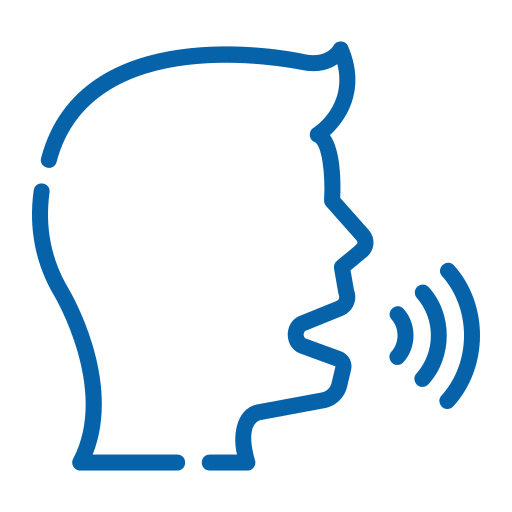
Write formal and objective sentences with passive grammar structures.

Transform direct to indirect speech naturally in IELTS Speaking & Writing.

Know when to use -ing or to + verb after common verbs and phrases.

Accurately describe similarities and differences in trends or ideas.

Boost your lexical range with descriptive and degree modifiers.
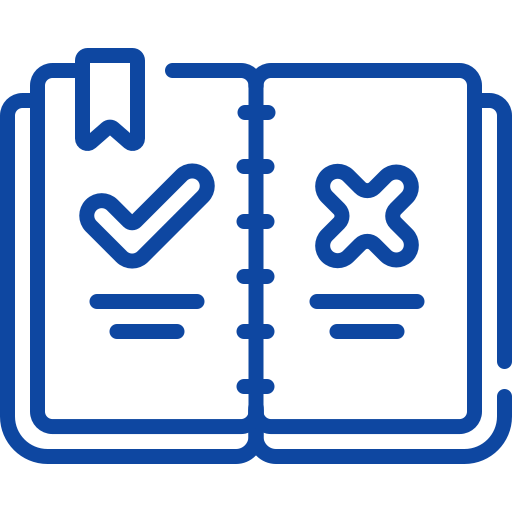
Avoid comma errors and use punctuation for clarity and accuracy.
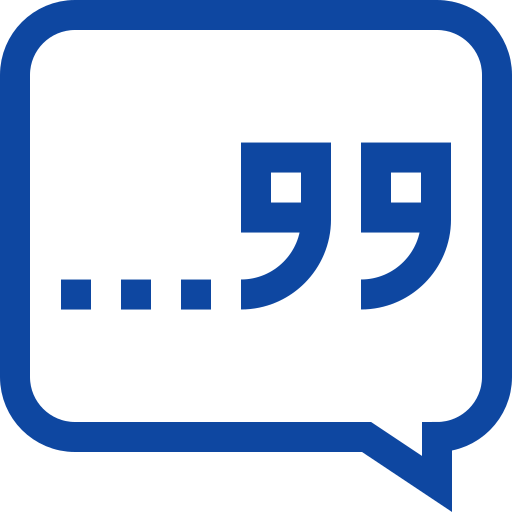
Learn the functions of noun, adjective, and adverbial clauses.

Connect ideas logically for high coherence and cohesion scores.

Master formal emphasis and variety in sentence patterns.

Keep your writing balanced and grammatically elegant.

Avoid uncountable noun errors and plural confusion.

Identify and fix errors that lower your IELTS grammar score.
From basic sentence construction to advanced condition clauses, our comprehensive guides and practice exercises cover all aspects of IELTS grammar needed for a high band score.
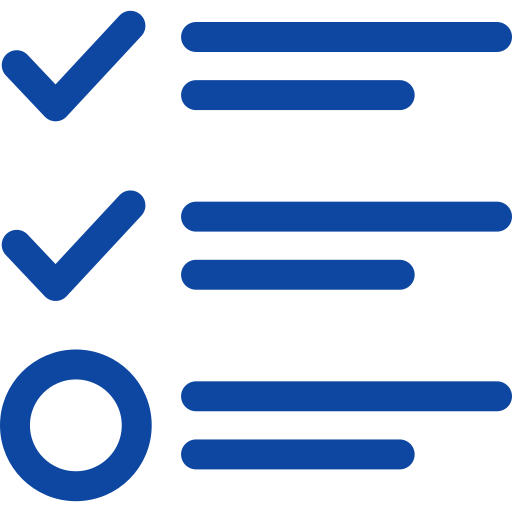
Learn precise verbs and prepositions to describe changes, trends, and comparisons.

Know when to use past simple, present perfect, and future forms in Task 1.
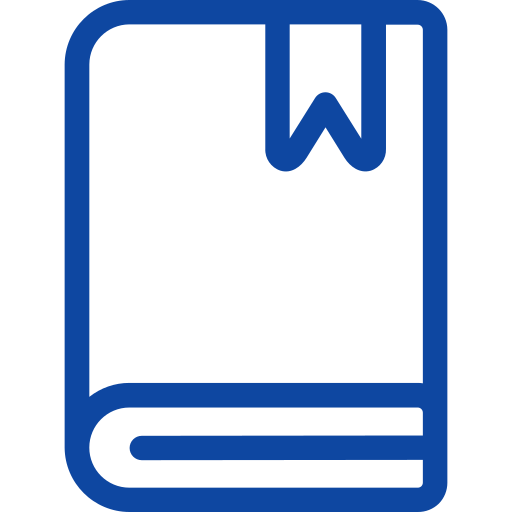
Use expressions like “slightly higher than” or “the least significant rise.”

Write fluently with prepositions like “by,” “to,” “from,” “between,” “in,” and “over.”

Build complex noun phrases to describe data (e.g., “a sharp increase in sales”).

Use slightly, dramatically, steadily, etc., to describe movement precisely.

Report information without personal bias (“The figures were recorded…”).

Join ideas with “whereas,” “while,” “although,” and “in contrast.”

Use “a,” “an,” “the,” and “a small proportion of” correctly in statistics.

Paraphrase the question using correct structures for the first sentence.

Grammar for fractions, decimals, and ratios (“just under 20%,” “three-quarters”).

Use passive and sequencing verbs (“The water is filtered before it enters…”).

Describe spatial data with “to the north of,” “alongside,” “between.”

Maintain objectivity and avoid informal contractions in reports.

Avoid misusing verbs and singular/plural forms that affect clarity.
From basic sentence construction to advanced condition clauses, our comprehensive guides and practice exercises cover all aspects of IELTS grammar needed for a high band score.

Learn how tone changes grammar choice in different letter types.

Use correct grammar in greetings and endings (“Dear Sir,” “Best regards,” etc.).

Use “could,” “would,” “may,” and “might” for formal requests.

Write natural letters using “If you could…” or “If I had known…” structures.

Use correct tenses for describing events, experiences, and future plans.

Maintain clarity when referring to people, events, or actions.
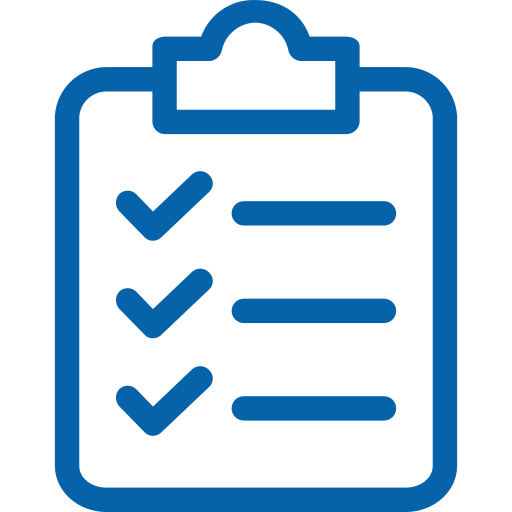
Add warmth or professionalism with modifiers (“deeply sorry,” “extremely grateful”).

Express what someone said or promised naturally (“She mentioned that…”).

Connect ideas with “in addition,” “however,” “by the way,” appropriately for tone.

Learn structures for beginning letters formally (“I am writing to inform you…”) or informally (“Just wanted to say…”).

Use formal passive structures (“The issue has been resolved”) for official tone.

Use “should,” “must,” “ought to,” “might want to” effectively.

Avoid informal contractions or verb tense shifts that lower your band score.
Get the latest IELTS grammar tips and practice materials directly to your inbox.
Our expert tutors provide tailored feedback and strategies to boost your grammatical accuracy & range. Elevate your preparation with one-on-one sessions.

Your dedicated path to Band 7+ IELTS success. Master every skill with expert guidance and tailored…